This exact question has already been asked here, but no answer was given so I'm reposting it.
I want to charge an unknown number (between 1 and 8) of 1s LiPos in series with my balance charger (ISDT T8). I know how to manually connect a fixed number of LiPos together to charge them in series, but I would like to make a circuit which would allow me to (ideally passively) connect an unknown number of batteries in series.
Basically, I want the positive terminal of the circuit to always be connected to the positive terminal of the bottom-most LiPo battery connected. Here is what the connections would look like if I had 3 LiPos connected to this circuit and then decided to remove the 3rd one.
The task seems trivial but I've spent quite a bit of time searching and thinking of how I could achieve this automatically but didn't find anything. I don't want to have to manually reposition the positive terminal of the circuit because according to Murphy's law an error seems inevitable. Can you people please help me?

